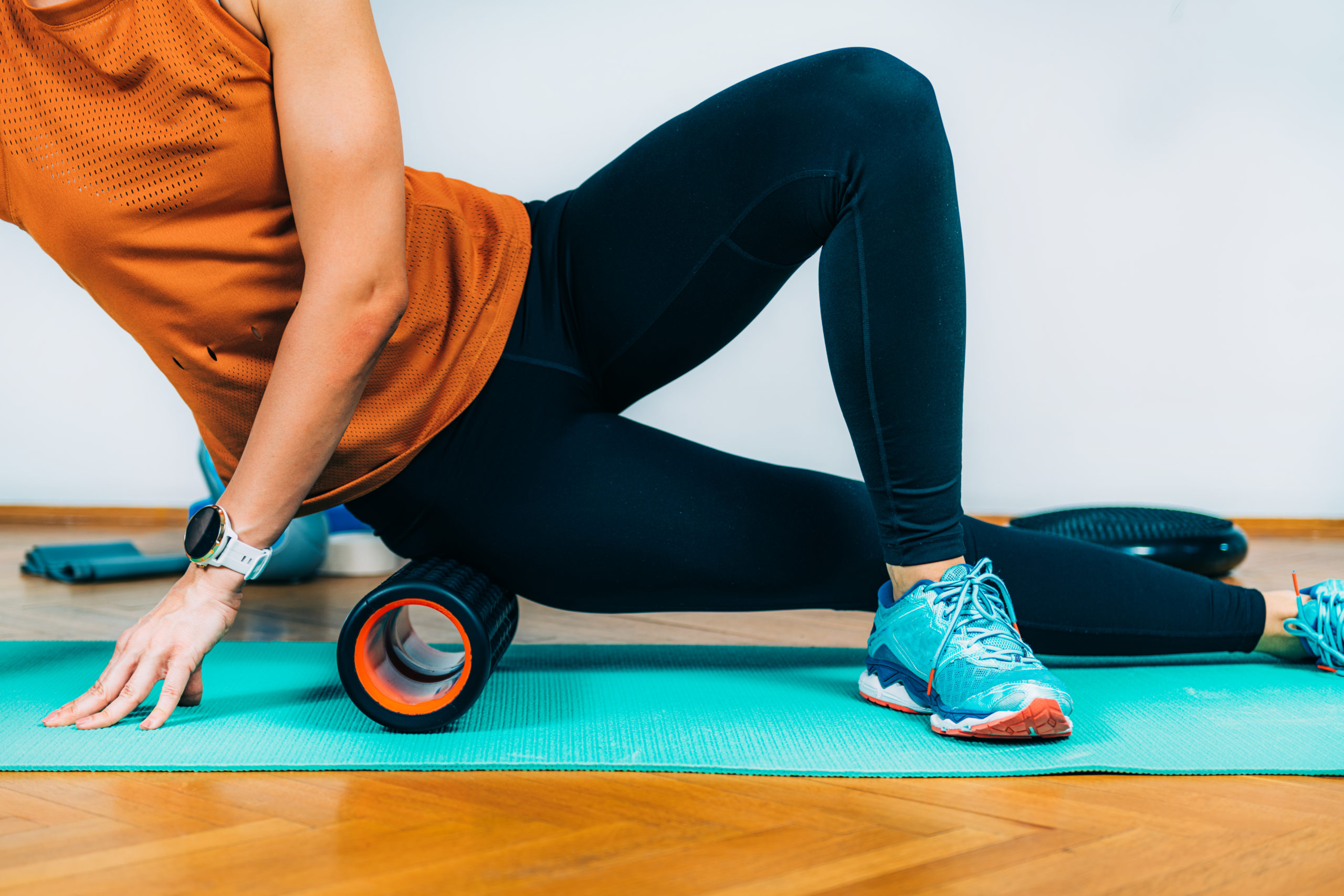Ask Amy: Best Massage Tools for Dancers
What are some of the best self-massage tools for dancers? —Kennedy
Nothing beats regular sessions with a licensed massage therapist, but not every dancer has the time or money to invest in them. Luckily, there are lots of tools dancers can utilize to help relieve muscle tension. But first, you should understand the best way to approach self-massage. Johann Howard, a physical therapist and licensed massage therapist with the Harkness Center for Dance Injuries at NYU Langone Medical Center in New York City, recommends a method he calls “search and destroy”: run your thumb or massage instrument along the muscle; when you find a tight, sore spot, slowly and easily apply pressure to it. If you can tolerate pressure without the muscle seizing, stay on the spot for 30 seconds (or until you feel a release); then, move on to the next tender spot.
Here are some tried and true massage tools every dancer should have handy:
Foam roller:
I am a big fan of the foam roller, especially on larger muscle groups such as the thighs, IT bands, hip flexors and calves. They come in various strengths (black foam rollers being the densest), and are meant to be used on the ground, using your own body weight to apply pressure. “I recommend getting a high-quality brand that won’t get distorted” says Howard.
Roll slowly along the muscle, pausing at tight spots for 30-45 seconds before continuing. If you feel intense pain, stop. Repeat up to two times. Howard warns not to overdo it on pressure or time—too much of either can bruise the tissue. (I can attest to that. I once rolled my IT bands so aggressively that I actually made my tightness worse—and my legs were black and blue for days afterward.) He also recommends taking a hot shower before rolling. “It makes it easier to get into the muscle.”
In addition to solid foam rollers, there are also versions with a PVC-like pipe through the middle. These are usually harder than regular foam rollers. Certain brands (such as Trigger Point Therapy and Rumble Roller), offer textured surfaces for more targeted pressure.
A foam roller and runner’s stick
Balls:
Balls can help work out tight spots more precisely than foam rollers, especially on smaller muscle groups such as feet, glutes and calves. Ideally, you should have a collection of two or three balls in various sizes and densities. “It’s all about how much pressure you can tolerate, and that can change throughout the day,” says Howard. If you feel the muscle tighten up as you apply pressure, try a softer ball.
There are lots of therapy balls on the market, but one of the cheapest and easiest options is a simple tennis ball. Since they have a bit of give, they’re great for easing into sore muscles. But Howard notes that Lacrosse balls, which are firmer and have a rubbery surface, also work well, but they’re not always best for sensitive parts of the body. Tennis balls, he says, “are better for tight muscles.”
Smaller balls, such as a bouncy ball or golf ball (which is very firm), work well on small areas like the feet. And spiky balls, which aren’t necessarily effective for working out knots, can help relieve tight fascia. “The bottom of the foot tends to collect a lot of adhesions and microtrauma, especially in dancers,” says Howard. “Spiky balls can be good for grinding out tension.”
Softer balls can help relieve back tension. Many dancers knot a sock over two tennis balls to roll along the spine. Howard prefers using a practice softball. “They’re slightly squishier than a regular softball,” he says. He recommends placing a practice softball between your back and the wall. Gradually lean into it and perform a slow wall squat, allowing the ball to roll along the muscle.
One of many different types of massage balls.
Therapeutic cane with hook and knob:
Thearapeutic canes allow you to apply highly targeted pressure on a variety of body parts, especially hard to reach areas. They’re great for the trapezius muscles, hamstrings and for getting under the shoulder blades.
Your hands:
No massage tools? No problem. “I often teach dancers to use their own hands for easy to reach areas like the glutes, quads, lower leg and foot,” says Howard. “Again, use the ‘search and destroy’ method—move slowly into the muscle and apply pressure for 30 seconds, or until you feel a release.” If you feel intense pain, back off.
Do you have a question for Amy? Send it here, and she might answer it in an upcoming issue!





